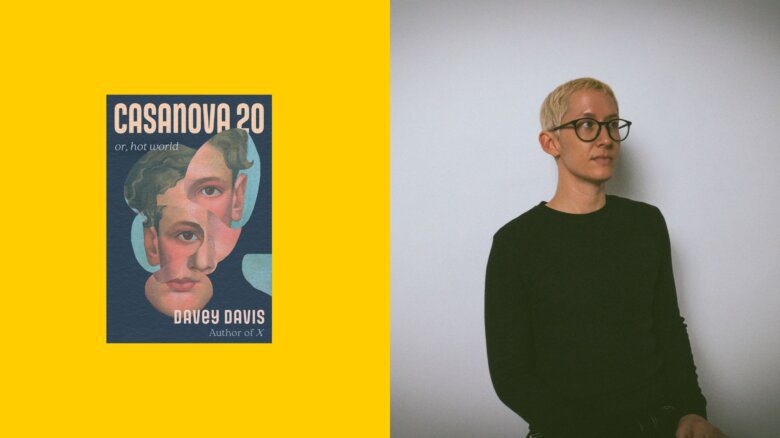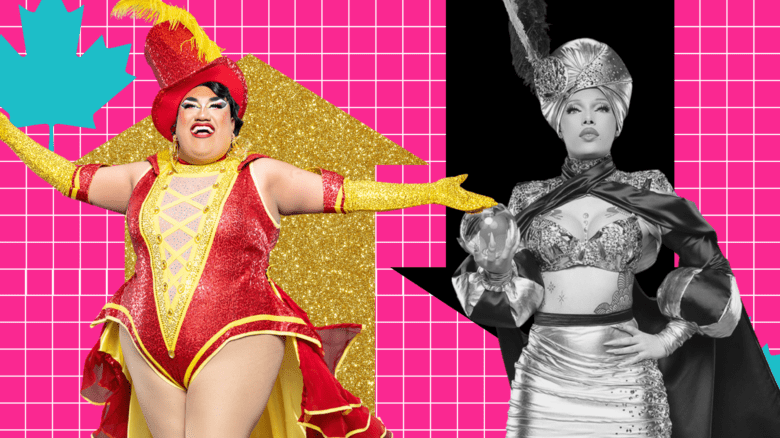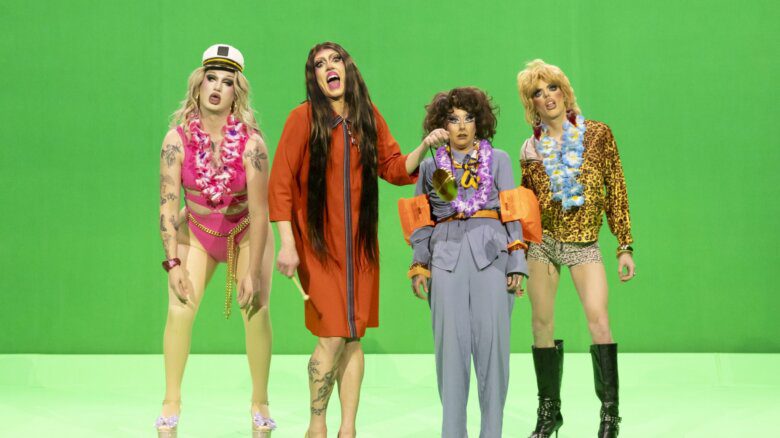I recently became a moustache guy.
After a few days’ consideration of the implications of becoming such a guy, I spent 20 minutes after my post-gym shower on a random Wednesday afternoon diligently shaving off the beard I had worked hard to grow over the past few years.
“A moustache is like bangs for boys,” I told my partner after I emerged from the shower, freshly shorn. And it’s true—having been a woman with bangs for several years of my (past) life, I recognized that impulsive feeling to shake things up from back when teenage me decided that they wanted to look just like Zooey Deschanel.
Now that I—at 30 years old—could finally grow respectable enough facial hair to have a moustache, why not?
It was the first time the rest of my face was cleanly shaven in years, thanks to a combination of complacency and dysphoria. But after nearly four years on testosterone, my soft upper lip hair had finally thickened and darkened in a way that didn’t make me look like a 12-year-old anymore. The possibility of me having a moustache exited the “could I?” zone and was fully in the “should I?” zone.
After the fateful shave and as soon as I caught a glimpse of my new look, I immediately felt like a new person. Patchy overgrown beard Mel was anxious and overheated. But moustache Mel? Moustache Mel is fun and flirty and just a little bit silly.
In the summer of 2025, I’m not even that particularly special in my embrace of the moustache life. Moustaches seem to be all the rage with guys these days and NPR is even claiming we’re living in a “moustache renaissance.”
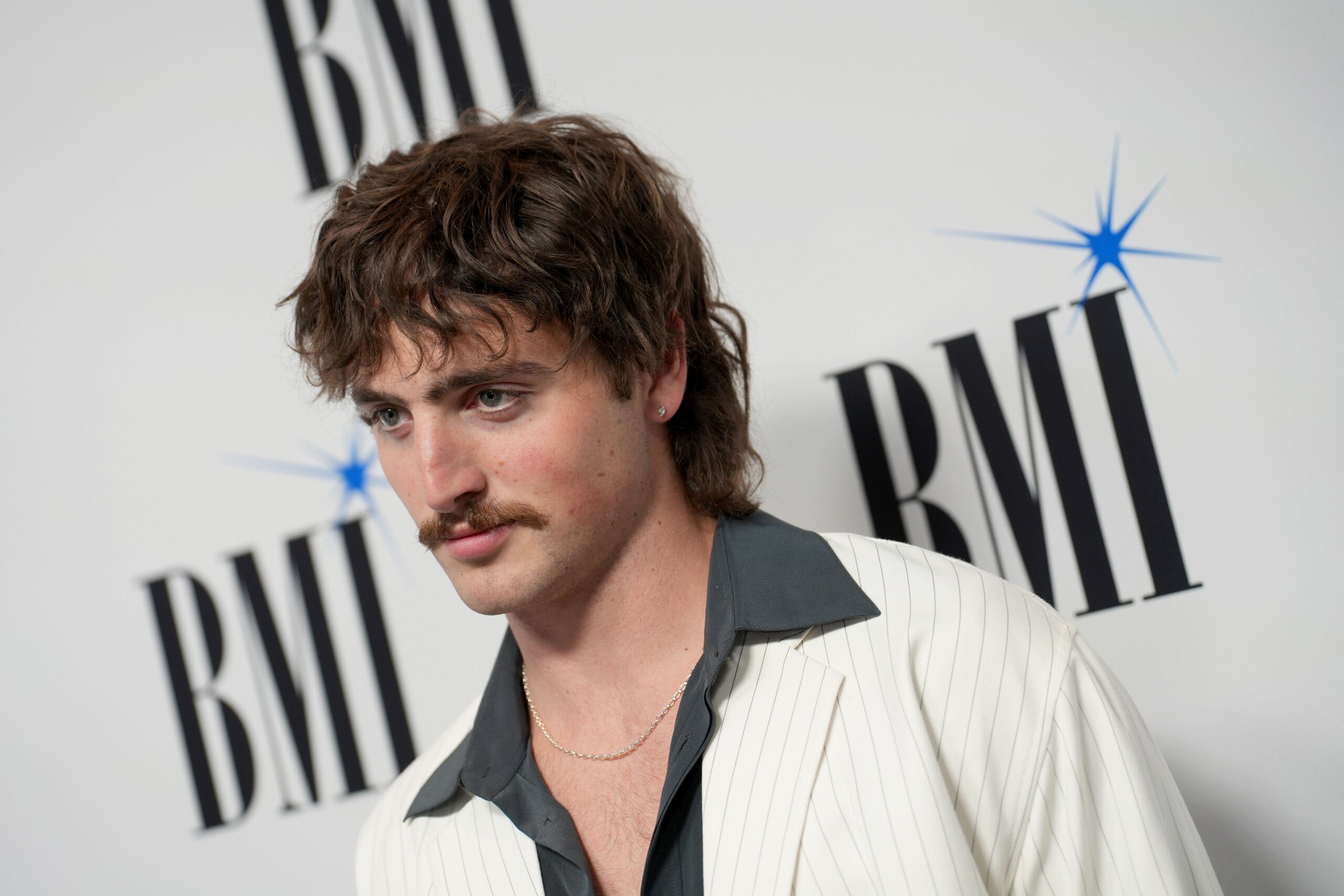
Benson Boone is among the high-profile celebs sporting a moustache this summer. Credit: JC Olivera/Getty Images for BMI
In the celeb space there are plenty of guys headed down the face-fur train. Backflipping pop star Benson Boone is the poster boy for a voluptuous ’stache. Soft boy movie star Timothée Chalamet has embraced a thin little wisp of a thing. Last week I walked into my monthly appointment with my trainer (who is a cis straight British lad to the core) to see that even he has started to sprout a little bit of upper lip hair. He pointed at mine, I pointed at his, and we shared in a gender-affirming moment of bro-ery where we both exclaimed “Moustache!” at the very same time.
And to be fair, most of those men are (ostensibly) straight. But the culture must not forget that there is also something inherently queer about having a silly little moustache. Stop by any Pride parade or gay bar this summer and you’ll be sure to spot plenty of cheeky little ’staches on the lips of boys, girls and every queer in between.
“By 2025, the moustache has become a kind of visual shorthand, a recognizable cue for a specific flavour of queerness that feels both referential and intentional. It signals style without shouting,” journalist Jackson Rickun wrote for Grindr’s blog back in May. “It gestures toward masculinity and camp at the same time. It’s analogue in a time when everything else feels airbrushed and filtered within an inch of its life.”
But none of this moustache hype is all that new. To quote the astronaut meme: “moustaches are gay? Always has been.”
Gay moustache history goes all the way back to the era of Stonewall. Gay icons of the era popularized the ’stache, ranging from Queen’s Freddie Mercury to Village People member Glenn Hughes to erotic movie star Bruno. And of course, the moustache featured prominently in influential gay art like that of Tom of Finland.
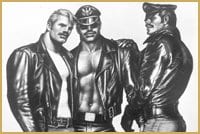
A Tom of Finland image from 1980. Credit: Tom of Finland
In a 2006 New York Times profile recounting the history of the moustache, Arnie Kantrowitz, a retired college professor in Manhattan who was featured in the documentary Gay Sex in the 70s, said gay men started wearing moustaches as a way to reflect and mirror a certain type of military, blue-collar masculinity.
“It was a requirement in the gay community. You needed a flannel shirt, moustache or beard, bomber jacket, jeans and boots. We were dressing like the blue-collar men that turned us on.”
A 2019 piece in The Cut points to the moustache as a symbol of sexual freedom and openness. In the story, Christopher Oldstone-Moore, author of Of Beards and Men—a non-fiction book looking at the history of moustaches—notes that the modern embrace of the moustache in queer communities is a legacy from the ’60s, when moustaches were seen as “a form of rebellion against authority, particularly military masculinity.”
And that fuckery of masculinity has long extended beyond cis gay men. Queer culture throughout history is also full of women, non-binary people and femmes alike all sporting ’staches for various reasons. Moustaches are synonymous with drag king culture, and are often embraced as a symbol of gender fuckery. A 1995 story in British newspaper The Independent titled “girls who wear moustaches” turns a leering eye on drag king culture.
“For a couple of years, a handful of dykes sporting moustaches had been spotted in selective nightclubs, representing the height of a certain variety of queer radical chic. Greeted at first with howls of laughter, the idea of ’staching up was nevertheless firmly planted as something rather dandy, cool and firmly tongue-in-cheek,” notes writer Frances Williams.
Today, you’ll find Reddit threads in r/butchlesbians dedicated to growing facial hair and magazine stories about trans women keeping their facial hair. In a recent live performance as part of her NightGowns series, Drag Race Season 9 winner Sasha Velour appeared in full masc drag, sporting an impressively bountiful ginger ’stache. Velour wrote in an Instagram post that the look was “inspired by Judith Butler, Querelle, Tom of Finland and my drag king heroes.”
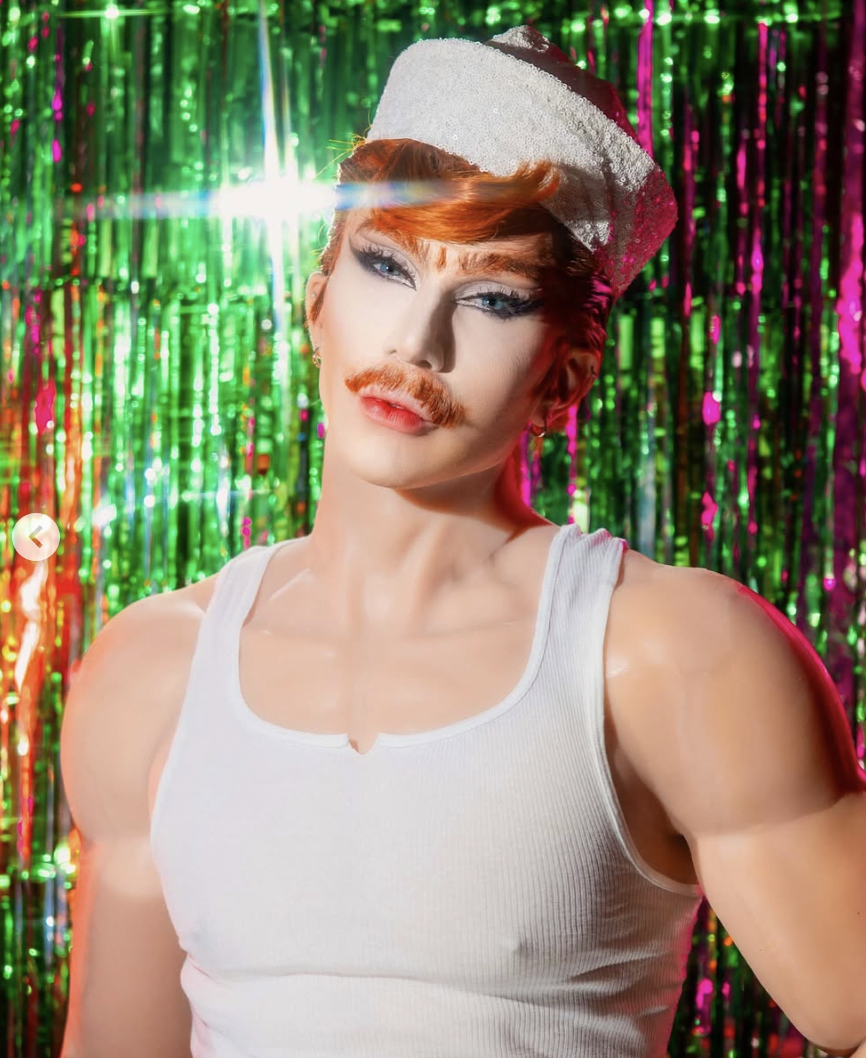
Sasha Velour in masc drag as “Alexander Velvet.” Credit: @SashaVelour/Instagram
I myself fall into the sizable camp of trans guys who embrace the moustache as a symbol of self-made masculinity. I’m still getting used to catching a glimpse of my profile in a mirror or window reflection, and it always makes me smile. To me, my shitty little moustache says “if you’re going to see me as a man, I want to make sure you see me as a fun man.”
That’s all to say, while the moustache is far from a new trend, there is something to its emergence now. In that 2019 The Cut story, Oldstone-Moore posits that men often experiment with facial hair at times when societal masculinity is in flux.
Based on the wave of think pieces and discourse about masculinity over the past year or two, it’s fair to say we’re in such a period. The re-election of Donald Trump and the rise of authoritarian tech bros like Elon Musk have prompted many conversations around the role of masculinity in modern life. And when masculinity as an idea has become co-opted by a specific and toxic corner of the far right, it’s not surprising that the rest of us feel an impulse to play around with it and grow a silly little moustache.
So go ahead, let it grow. Shave off the beard. Paint it on with mascara. Whatever your gender, whatever you’ve got: embrace it. Life is too short to not know what it’s like to have a shitty little moustache. And in these trying times, we all deserve to have a little bit of fun.
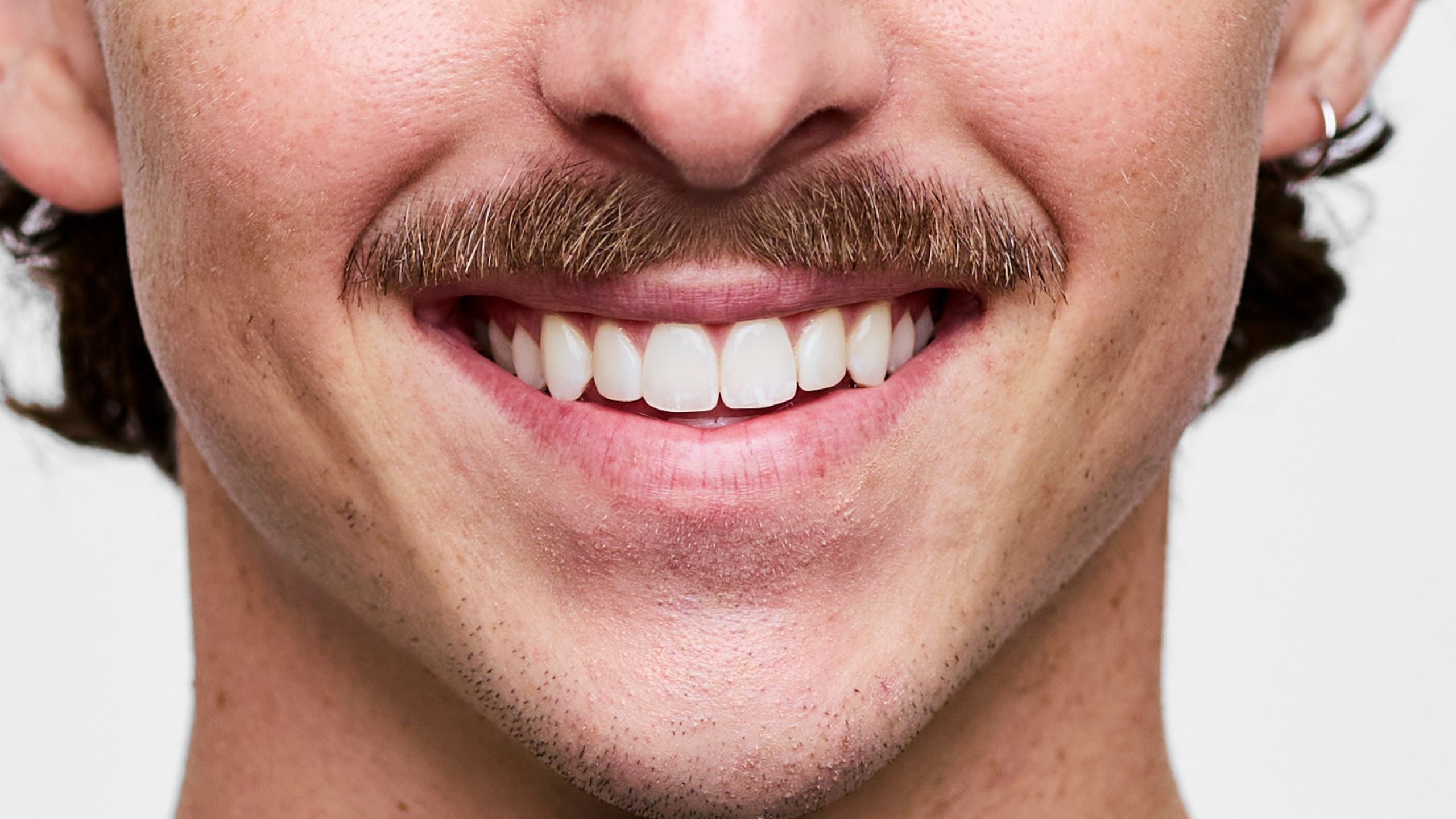

 Why you can trust Xtra
Why you can trust Xtra